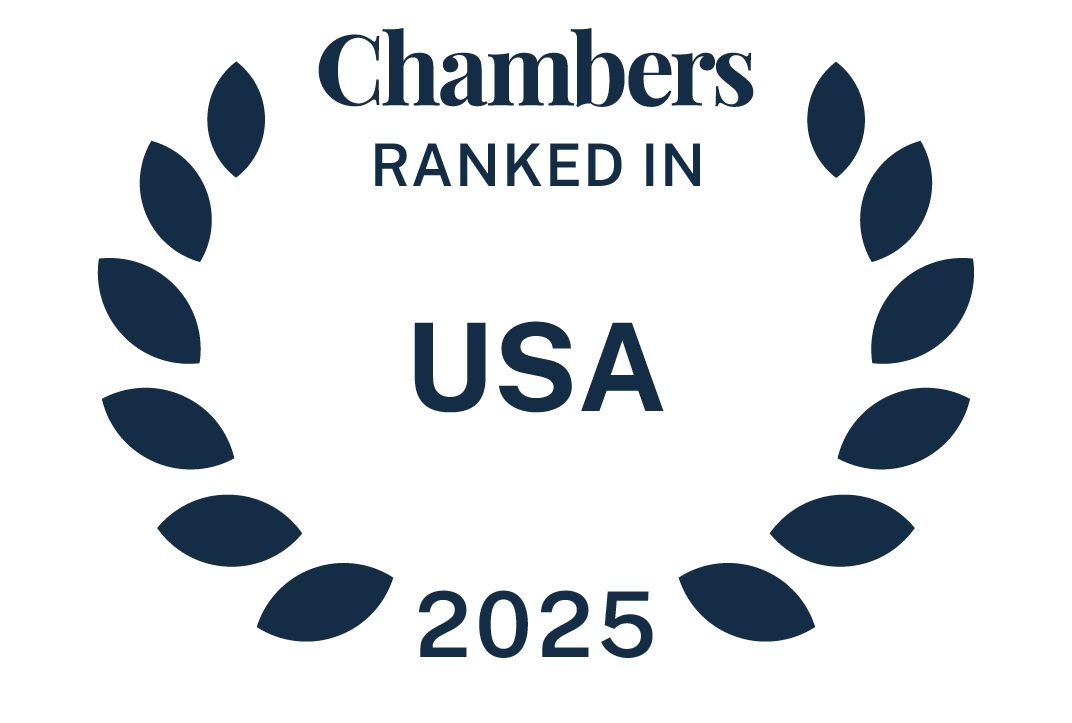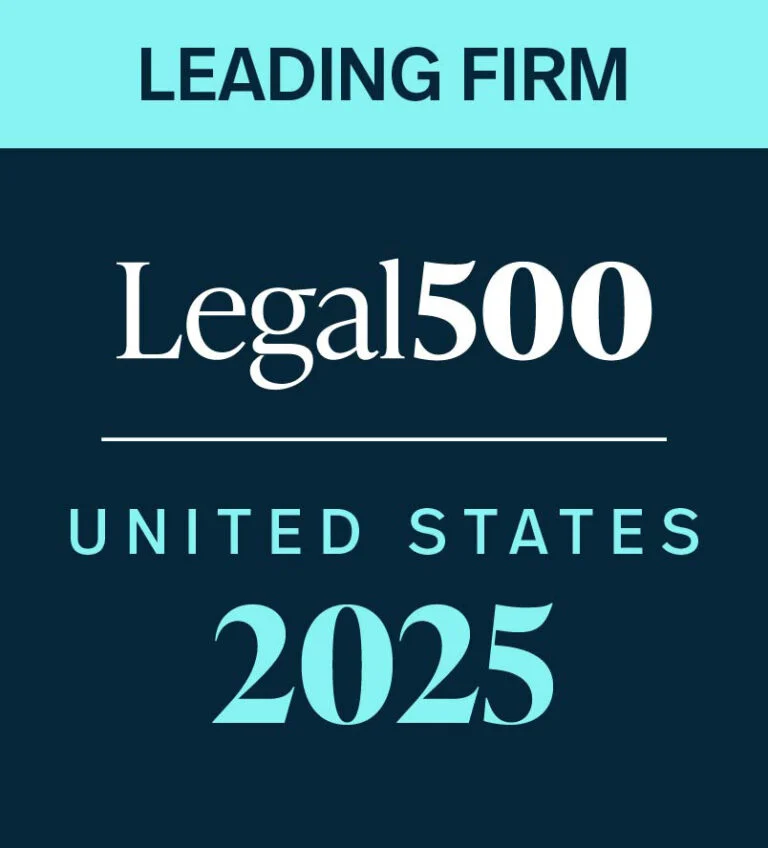The European Commission wants to be able to block or conditionally approve transactions, mainly in the digital economy and in the pharmaceutical sector, even when the thresholds for notification are not met. In publishing its new Article 22 Guidance, the Commission has significantly expanded its ability to review transactions. Parties to a transaction, especially in the digital economy and in the pharma sector, should bear this in mind when strategising on deal timing and any potential remedies. They will also have to take into account the possibility that the transaction will be blocked. For third parties, this opens another possibility to stop a transaction, to extract remedies from the notifying parties or to even roll back an implemented transaction.
What Happened
- Article 22 of the EU Merger Regulation (EUMR) allows for one or more Member States to request the Commission to examine any merger that does not have an EU dimension but meets the following cumulative conditions: it affects trade between Member States, and it threatens to significantly affect competition within the territory of the Member State or States making the request (Article 22 Conditions). Fulfilment of the Article 22 Conditions ensures that a merger has a sufficient nexus with the European Union and the referring Member State(s).
- Traditionally, the Commission has discouraged the use of Article 22 EUMR in merger cases that were not notifiable under the laws of the referring Member State(s). This is principally because the Commission considered such transactions unlikely to have a significant impact on the internal market.
- Recently, however, there has been an increase in the number of mergers involving companies that play, or may develop into playing, a significant competitive role on the market, despite generating little or no turnover at the time of the merger. This development has been found to be particularly significant in the digital economy, where services regularly launch with the aim of building up a significant user base and/or commercially valuable data inventories, before the business is monetised, and in the pharma sector, where transactions have involved innovative companies conducting R&D with strong competitive potential, even if such companies have not yet finalised, let alone exploited commercially, the results of their R&D activities. Because of the absence of, or low, turnover of one the parties to such transactions, they invariably escape assessment under national merger control rules.
- With a view ensuring that non-notifiable yet potentially problematic mergers do not fly under the radar of merger control review, on 26 March 2021 the Commission issued practical guidance (Article 22 Guidance) on when it might be appropriate for a Member State to refer such mergers to the Commission for merger control review.
read more


 Subscribe
Subscribe
